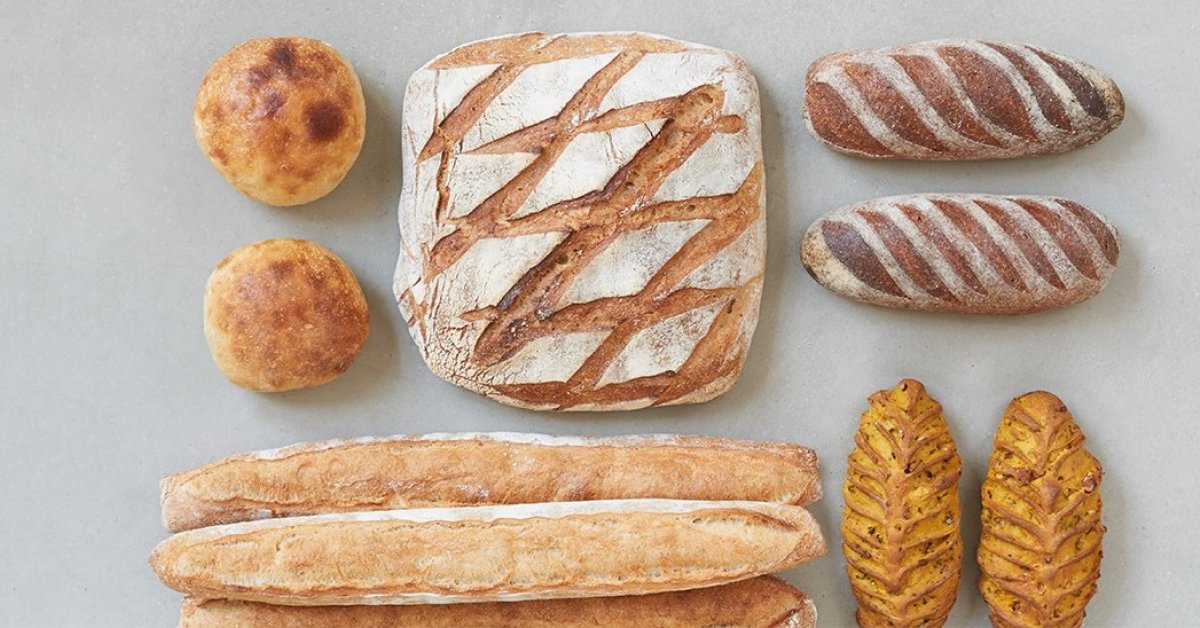
Bread - Singapore
Singapore’s bread scene is mixed. There are quite a few artisan bakers such as Nick Vina and Tiong Bahru Bakery who do some fantastic, beautiful things with bread. I’ve had quite a few sourdoughs here that kick ass, and there are freshly baked loaves of all varieties - rye, pumpernickel, oat - available every day within a few minutes walk. This is what I call the Western bread scene. It is vibrant and hoppin’ and quite delicious.
Singapore’s Chinese-influenced indigenous bakeries tend to produce a more eggy and sweet white bread that is a bit reminiscent of Portuguese sweet bread, but seems to be more of a mix of Chinese cooking methods and British bread preparation techniques. Milk toast is quite common.
Since most of the Chinese population of Singapore hails from the more rice-focused South, it’s rare to see Northern breads, but there are a few places popping up offering the equivalent of Chinese naan. It’s not quite naan, of course, but it is close enough that it kicks off a lot of thoughts in my head about the influence of Steppe culture on both North India and North China.
Djepelgesh is a Chechen stuffed bread very similar to aloo paratha. A Georgian bread called Khachapuri has well…puri right at the end of the name there. The tandoor oven itself hearkens back to Akkadian times, and the concept is used all across central Asia and the north of the subcontinent. Hm, I wonder if pizza ovens and tandoors are related?
Back to Singapore, there are also these Japanese style bakeries, which have some fun creations like the Chicken Donut and the Hokkaido Curry Bun. Very delicious, but bread is more of a platform here for interesting fillings. The very famous Korean chain Paris Baguette also has quite a few shops around Singapore. I don’t like their food very much though.
Of course, for the Indian bread - prata and dosa are very common. The prata here in Singapore is very south Indian style and often includes egg in the dough. In Malaysia, it’s called roti canai, with the ‘c’ in Malay being a ‘ch’ sound in English. Literally ‘roti Chennai’. Roti is actually the common southeast Asian word for bread - with Thai people using it as well! Indian bread tends to be made fresh for a meal and is not usually stored for long periods of time, so bakeries do not sell shelf-stable Indian breads. Usually you buy them frozen or refrigerated.